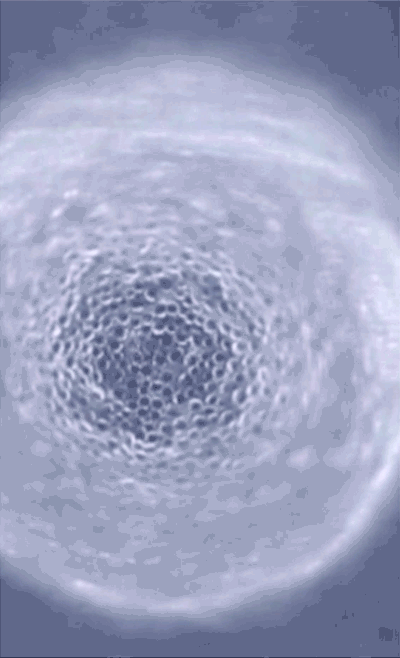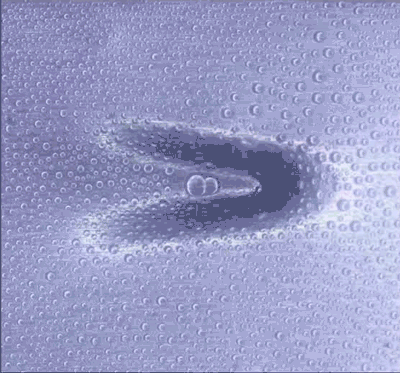Inspired by desert beetles, cacti and pitcher plants, researchers design a new material to collect water droplets
By Leah Burrows, Harvard SEAS Communications
(CAMBRIDGE, Massachusetts) — As water shortages become more frequent in many regions of the world, researchers are looking to nature for more effective ways to pull water from air. Now, a team of researchers from the Wyss Institute for Biologically Inspired Engineering at Harvard University and the Harvard John A. Paulson School of Engineering and Applied Sciences (SEAS) have drawn inspiration from desert-dwelling organisms to develop a better way to promote and transport condensed water droplets.

"Everybody is excited about bioinspired materials research," said Wyss Institute Core Faculty member Joanna Aizenberg, Ph.D., who is the Amy Smith Berylson Professor of Materials Science at SEAS. "However, so far, we tend to mimic one inspirational natural system at a time. Our research shows that a complex bioinspired approach, in which we marry multiple biological species to come up with non-trivial designs for highly efficient materials with unprecedented properties, is a new, promising direction in biomimetics."
Organisms such as cacti and desert beetles can survive in arid environments because they’ve evolved mechanisms to collect water from thin air. The Namib desert beetle, for example, collects water droplets on the bumps of its shell, while V-shaped cactus spines guide droplets to the plant’s body.
The new system developed by Aizenberg’s team, described February 24 in the journal Nature, is inspired by these two organisms. The material harnesses the power of these natural systems, and also leverages the Slippery Liquid-Infused Porous Surfaces technology (SLIPS) developed at the Wyss Institute and SEAS, which was bioinspired by the slippery surfaces of pitcher plants, to collect and direct the flow of condensed water droplets.
This approach is promising not only for harvesting water but also for industrial heat exchangers.
"Thermal power plants, for example, rely on condensers to quickly convert steam to liquid water," said Philseok Kim, co-author of the paper and Co-Founder and Vice President of Technology at Wyss startup company SLIPS Technologies, Inc. "This design could help speed up that process and even allow for operation at a higher temperature, significantly improving the overall energy efficiency."
The major challenges in harvesting atmospheric water are controlling the size of the droplets, the speed in which they form, and the direction in which they flow.

For years, researchers focused on the hybrid chemistry of the beetle’s bumps — a hydrophilic top with hydrophobic surroundings — to explain how the beetle attracted water. However, Aizenberg and her team took inspiration from a different possibility – that convex bumps themselves also might be able to harvest water.
"We experimentally found that the geometry of bumps alone could facilitate condensation," said Kyoo-Chul Park, a Postdoctoral Researcher at SEAS and the first author of the paper. "By optimizing that bump shape through detailed theoretical modeling and combining it with the asymmetry of cactus spines and the nearly friction-free coatings of pitcher plants, we were able to design a material that can collect and transport a greater volume of water in a short amount of time."
Without one of those parameters, the whole system would not work synergistically to promote both the growth and accelerated directional transport of even the smallest, fastest condensing droplets, said Park.
"This research is an exciting first step towards developing a passive system that can efficiently collect water and guide it to a reservoir," said Kim.
This research was supported by the Department of Energy.